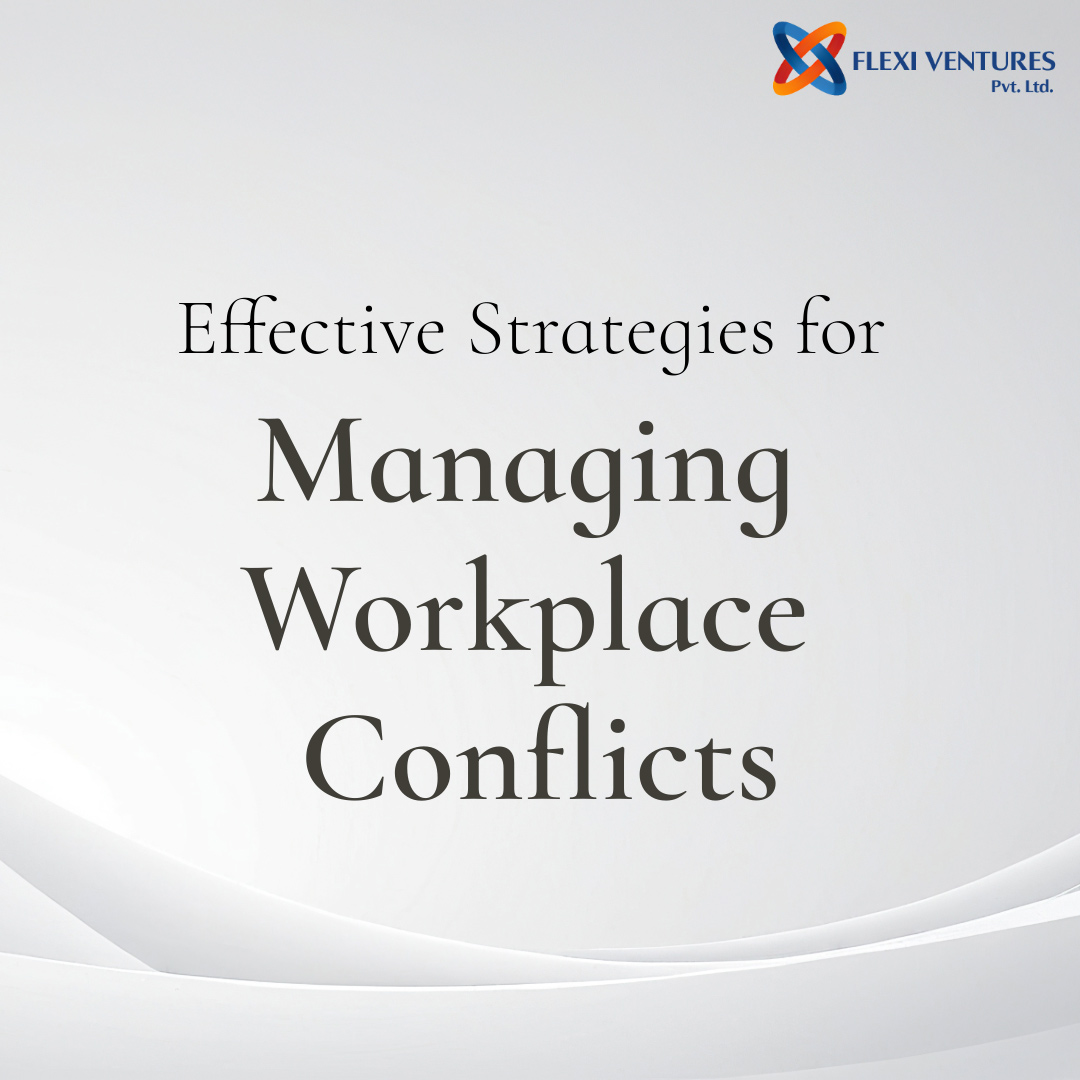Conflicts can occur when there are differing opinions or interests, making it essential to know how to navigate and resolve them effectively. Workplace conflicts between coworkers are common, and it’s crucial to address and resolve these situations promptly to prevent escalation.
Key Takeaways:
- Conflict often arises from human interactions, so responding professionally requires effective conflict-resolution strategies.
- When a disagreement occurs, negotiation is the most effective way to resolve the issue.
- The Thomas-Kilmann model outlines five common negotiation strategies for resolving conflicts.
What is Conflict Resolution?
Conflict is a natural part of human interaction, and resolving it requires effective conflict-resolution strategies. Conflict resolution, or negotiation, involves finding a solution that satisfies all parties involved in a disagreement. Sometimes, this process is facilitated by a neutral party or mediator, while other times, someone directly involved in the conflict takes on an objective role to find a resolution.
The ability to resolve conflicts is often regarded as a key leadership trait. Individuals identifying conflicts, recognizing differing opinions, and building consensus are highly valuable in organizations. They help ensure that personal differences are set aside so that work can proceed smoothly.
Common causes of workplace conflict include:
- Different personalities or perspectives
- Unresolved issues from the past
- A sense of competition between colleagues
- Poor communication skills
- Unclear roles or responsibilities
5 Conflict Resolution Strategies (Thomas-Kilmann Model)
- Avoiding: Choosing to ignore the conflict, suitable for minor issues or when emotions need to settle. However, it can leave problems unresolved.
- Competing: Asserting one’s position firmly to win the conflict, a win-lose approach best used in urgent situations where a quick decision is needed
- Accommodating: Yielding to another’s perspective to maintain harmony, useful when the issue is more important to the other party or to preserve relationships.
- Collaborating: Working together to find a mutually beneficial solution, fostering a win-win outcome through open dialogue and cooperation.
- Compromising: Each party gives up something to reach a middle ground, effective for quick, temporary resolutions when both sides hold equal power.
How to Use Conflict Resolution in the Workplace
- Acknowledge the Conflict: Recognize and address the conflict promptly to prevent it from escalating.
- Define the Problem: Identify the root cause of the disagreement and ensure all parties understand the issue.
- Meet on Neutral Ground: Discuss the conflict in an impartial setting to facilitate open and honest communication.
- Let Everyone Have a Say: Allow each party to express their views and listen actively to understand different perspectives.
- Agree on a Solution: Collaboratively develop a fair and acceptable resolution that addresses the concerns of all involved.
- Determine Each Side’s Role: Assign specific responsibilities to each party to implement the agreed-upon solution effectively.
This concise overview highlights the key strategies for resolving conflicts and the steps to effectively manage disagreements in the workplace.
Benefits of Conflict Resolution
- Builds Strong Relationships: Effective conflict resolution fosters better collaboration, reduces discontent, and strengthens working relationships among employees.
- Maintains Morale: Quick and amicable resolutions prevent tension from spreading, helping to maintain peace, morale, and productivity in the workplace.
- Achieves Goals: Resolving conflicts allows opposing parties to focus on shared goals, enhancing productivity and teamwork.
- Reduces Stress: Effective conflict resolution lowers stress levels for all involved, promoting better mental and physical well-being.
- Provides Insight: Discussing differing perspectives during conflict resolution can lead to valuable new insights and problem-solving approaches.
- Improves Retention: Addressing conflicts can prevent employees from seeking other employment, helping retain valuable skills and experience within the company.
Tips for Using Conflict Resolution Strategies
- Establish Ground Rules: Encourage both sides to use “I” statements instead of “you” to avoid implying blame and to keep the conversation constructive.
- Practice Active Listening: Show attentiveness by actively listening and using positive body language to demonstrate that you’re fully engaged in the discussion.
- Maintain Professionalism and Neutrality: Stay unbiased in all interactions to earn and maintain the respect of both parties involved in the conflict.
- Hold Group Meetings: Avoid individual meetings to ensure transparency and prevent any perceptions of favoritism or special treatment.
- Take Breaks When Needed: Recognize when emotions are escalating and take a break to allow everyone to calm down before continuing the conversation.
- Involve a Mediator if Necessary: If the conflict is complex or intense, bring in a neutral third party to mediate. This demonstrates your commitment to fairness and integrity, gaining respect from all involved.
Conclusion
Effective conflict resolution in the workplace goes beyond simply reaching an agreement. It fosters an environment where diverse perspectives are valued, innovative solutions emerge, and unity is strengthened despite differences. By adopting conflict resolution strategies, both employers and employees can transform challenges into opportunities, creating a workplace where conflicts, managed with empathy and skill, lead to a culture of collaboration, mutual well-being, and shared success.

